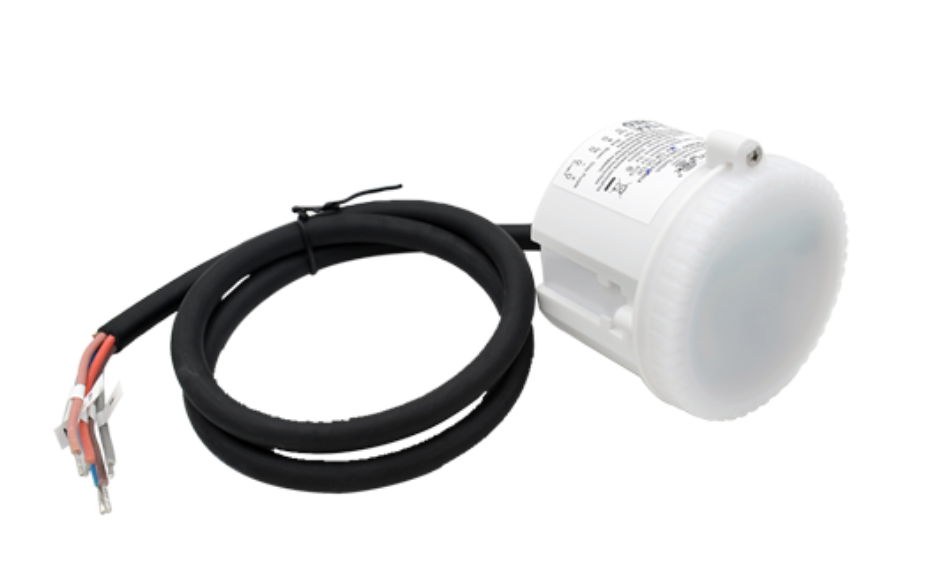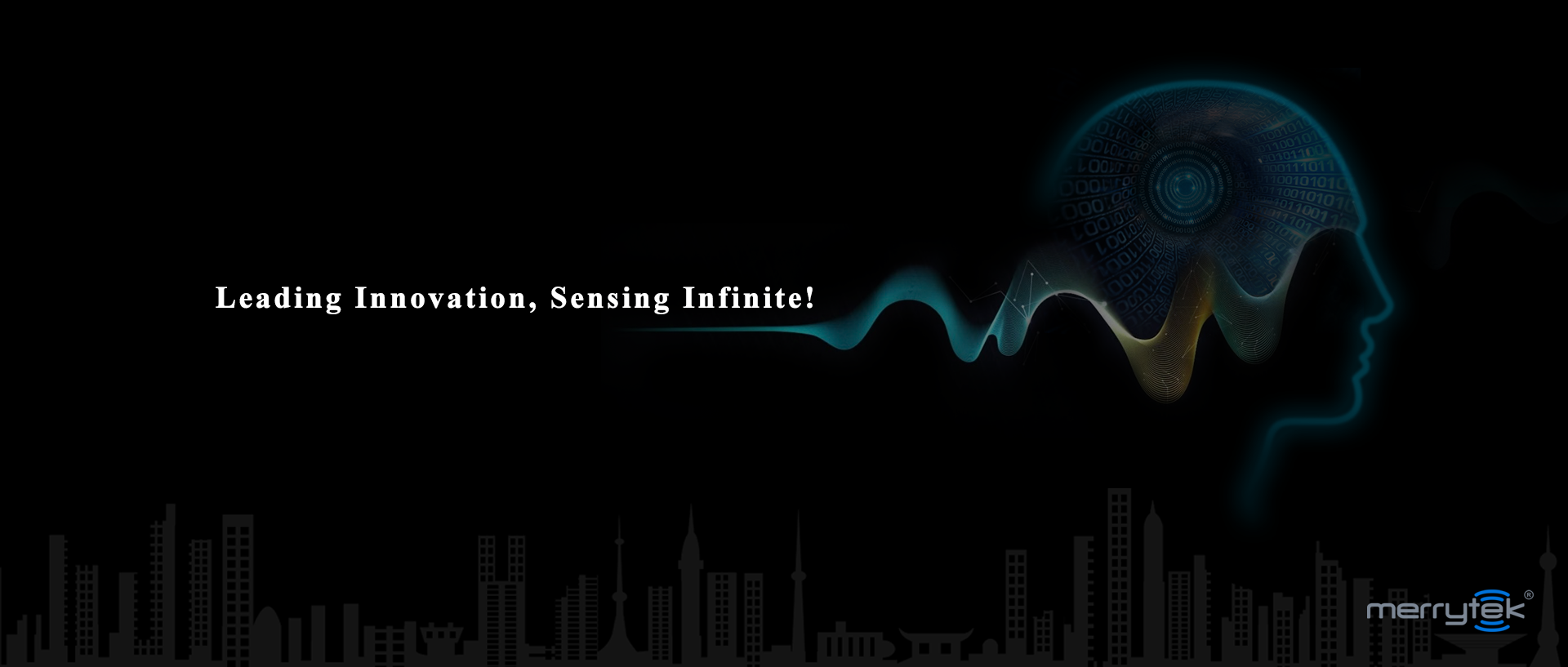Unlocking the power of light, photosensitive sensors have revolutionized how we perceive and interact with the world around us. These incredible devices are capable of detecting and responding to changes in light intensity, opening up a whole new realm of possibilities for solving everyday problems. Whether you're looking to enhance your home security system or improve the efficiency of your manufacturing process, photosensitive sensors can provide you with more accurate and precise solutions. In this blog post, we'll explore how these remarkable sensors work and delve into the myriad benefits they offer. So buckle up as we embark on an illuminating journey into the fascinating world of photosensitive sensors!
What is a photosensitive sensor?
What is a photosensitive sensor, you might wonder? Well, simply put, it is a device that can detect and respond to changes in light intensity. These sensors are designed to convert light energy into electrical signals that can be processed by other devices or systems. By utilizing various materials like silicon or gallium arsenide, photosensitive sensors generate an electric current when exposed to light.
The mechanism behind these sensors is fascinating. They consist of multiple layers: the top layer acts as a protective cover while allowing light to pass through, the middle layer contains photoactive material that generates charge carriers upon absorbing photons, and the bottom layer collects and measures the generated charges.
Photosensitive sensors come in different forms such as photodiodes, phototransistors, and photovoltaic cells. Each type has its unique characteristics and applications. For instance, photodiodes are commonly used for detection purposes due to their fast response time and sensitivity to small changes in light intensity.
In recent years, advancements in technology have led to the development of more sophisticated photosensitive sensors with improved performance metrics such as higher resolution and wider dynamic range. These advancements have opened up new possibilities across various industries including automotive safety systems, medical imaging devices, environmental monitoring equipment, and even smartphone cameras.
So why should you consider using photosensitive sensors? The answer lies in their ability to provide more accurate solutions by capturing precise data about changes in light levels. Whether it's adjusting display brightness based on ambient lighting conditions or automating outdoor lighting based on natural sunlight patterns - photosensitive sensors offer unparalleled efficiency and convenience.
Intriguingly versatile yet often overlooked until now - embracing the power of photosensitive sensors can truly revolutionize your approach towards problem-solving. So stay tuned as we dive deeper into how these incredible devices can help you unlock a world of better solutions!
How can photosensitive sensors help you get more/better solutions?
Photosensitive sensors are powerful tools that can greatly enhance your ability to find more effective and efficient solutions. These sensors work by detecting changes in light levels, allowing them to capture valuable data that can be used for a wide range of applications.
One way photosensitive sensors can help you get better solutions is by providing accurate measurements and feedback. For example, in the field of photography, these sensors play a crucial role in ensuring proper exposure settings. By accurately measuring the amount of light present in a scene, photographers can adjust their camera settings accordingly to capture stunning images with balanced lighting.
In addition to photography, photosensitive sensors also have numerous industrial applications. They can be used to monitor and control lighting levels in buildings or outdoor spaces, helping to optimize energy consumption and create comfortable environments for occupants.
Furthermore, photosensitive sensors are essential components in many safety systems. For instance, they enable automatic brightness adjustment on electronic devices such as smartphones and tablets. This feature not only enhances user experience but also protects our eyes from strain caused by excessive screen brightness.
Photosensitive sensors provide invaluable data that allows us to make informed decisions and find innovative solutions across various fields. Whether it's optimizing lighting conditions or enhancing image quality, these sensors offer endless possibilities for improving our daily lives through technology innovation.

What are some of the benefits of using photosensitive sensors?
Photosensitive sensors have become an essential component in various industries and applications due to their numerous benefits. These sensors are designed to detect and measure light, enabling them to provide valuable information for a wide range of purposes. Here are some of the key advantages of using photosensitive sensors:
1. Accurate Light Measurement: Photosensitive sensors offer precise measurement capabilities, allowing for accurate assessment of light intensity or levels. This accuracy is crucial in fields such as photography, where proper exposure is vital for capturing high-quality images.
2. Energy Efficiency: Photosensitive sensors can be used in lighting systems to adjust brightness based on ambient light conditions. By automatically dimming or brightening the lights accordingly, energy consumption can be optimized, resulting in significant cost savings over time.
3. Automation and Control: With photosensitive sensors, automation processes become more efficient and reliable. These sensors can detect changes in light levels and trigger actions such as turning on/off lights or adjusting screen brightness automatically.
4. Enhanced Security: In security systems, photosensitive sensors play a crucial role by detecting unauthorized entry through variations in ambient lighting conditions at entrances or windows. They can also activate surveillance cameras when there is insufficient lighting available.
5. Environmental Monitoring: Photosensitive sensors are useful tools for environmental monitoring applications such as weather forecasting or studying plant growth patterns under different lighting conditions.
6.Improved Safety Measures: By incorporating photosensitive sensors into safety equipment like automatic doors or escalators, potential hazards related to low visibility can be minimized by ensuring appropriate illumination levels at all times.
The benefits offered by photosensitive sensors make them indispensable across various industries today.
Their ability to accurately measure light intensity combined with their energy efficiency features makes them invaluable tools for optimizing processes while reducing costs.
However,the true potential lies within creative implementations that leverage this technology's capabilities
How to use photosensitive sensors to get more/better solutions
Photosensitive sensors are versatile devices that can be used in a variety of ways to obtain better solutions. Here's how you can harness the power of photosensitive sensors to enhance your outcomes.
When using photosensitive sensors, it is crucial to position them strategically. Place the sensor in an area where it can capture the desired light intensity or detect changes effectively. This will ensure accurate readings and enable you to obtain precise data for analysis.
Adjust the sensitivity settings of the sensor according to your requirements. By fine-tuning these settings, you can optimize its performance and achieve more reliable results. Experiment with different sensitivity levels until you find the sweet spot that best suits your needs.
Additionally, consider combining multiple photosensitive sensors for complex tasks. By utilizing several sensors together, you can gather comprehensive data from multiple angles or locations simultaneously. This multi-sensor approach enables a broader perspective and enhances problem-solving capabilities.
Furthermore, use appropriate calibration techniques regularly to maintain accuracy over time. Photosensitive sensors may experience drift or degradation over prolonged use, so periodic calibration ensures consistent and dependable measurements.
Integrate photosensitive sensor data with other systems or technologies for advanced analysis and decision-making processes. Combine sensor inputs with artificial intelligence algorithms or automation systems to create innovative solutions tailored specifically to your unique requirements.
Incorporating these strategies into your utilization of photosensitive sensors will undoubtedly lead to more efficient problem-solving and improved outcomes across various applications!
Photosensitive sensor recipes
Photosensitive sensor recipes offer a creative and innovative way to explore the capabilities of these amazing devices. By combining photosensitive sensors with other components, you can create unique solutions for various applications. Here are a few ideas to get you started:
1. Light-activated alarm system: Use a photosensitive sensor to detect changes in light levels, triggering an alarm when someone enters a room or approaches a sensitive area.
2. Solar-powered garden lights: Combine photosensitive sensors with solar panels and LEDs to create energy-efficient outdoor lighting that automatically turns on at dusk and off at dawn.
3. Smart blinds: Attach a photosensitive sensor to your blinds so they adjust automatically based on the intensity of sunlight streaming into your home, helping regulate temperature and save energy.
4. Photography accessories: Incorporate photosensitive sensors into camera equipment such as light meters or automatic exposure control systems for enhanced precision in capturing stunning photographs.
5. Plant care monitor: Develop a plant care system by using photosensitive sensors to measure the amount of sunlight reaching plants, allowing you to provide optimal conditions for their growth.
These are just some examples of how you can utilize photosensitive sensor recipes in practical ways. With creativity and imagination, there's no limit to what you can achieve!
Conclusion
In this blog post, we have explored the fascinating world of photosensitive sensors and how they can help us obtain more effective solutions. These sensors play a crucial role in various industries, from automotive to healthcare, enabling us to gather valuable data and make informed decisions.
By harnessing the power of light-sensitive technology, photosensitive sensors offer numerous benefits. They provide accurate and real-time information, allowing for precise measurements and analysis. With their ability to detect even subtle changes in light levels, these sensors enhance safety measures by triggering alarms or adjusting lighting conditions accordingly.
To make the most out of photosensitive sensors, it is essential to understand their application. Whether you are designing an automated system or enhancing energy efficiency in your home, consider incorporating these sensors into your projects. By doing so, you can optimize performance and increase productivity while reducing costs.
Additionally, experimenting with different recipes using photosensitive sensor technologies allows for creative problem-solving approaches. From controlling ambient lighting based on natural daylight levels to automating irrigation systems based on sunlight intensity – there are countless possibilities for innovation with these versatile devices.
In conclusion (without explicitly stating it), embracing the potential of photosensitive sensor technology opens up new avenues for improvement across various fields. So why not explore the endless possibilities that lie within these tiny yet powerful devices? Let's embrace the future where better solutions are just a click away!



